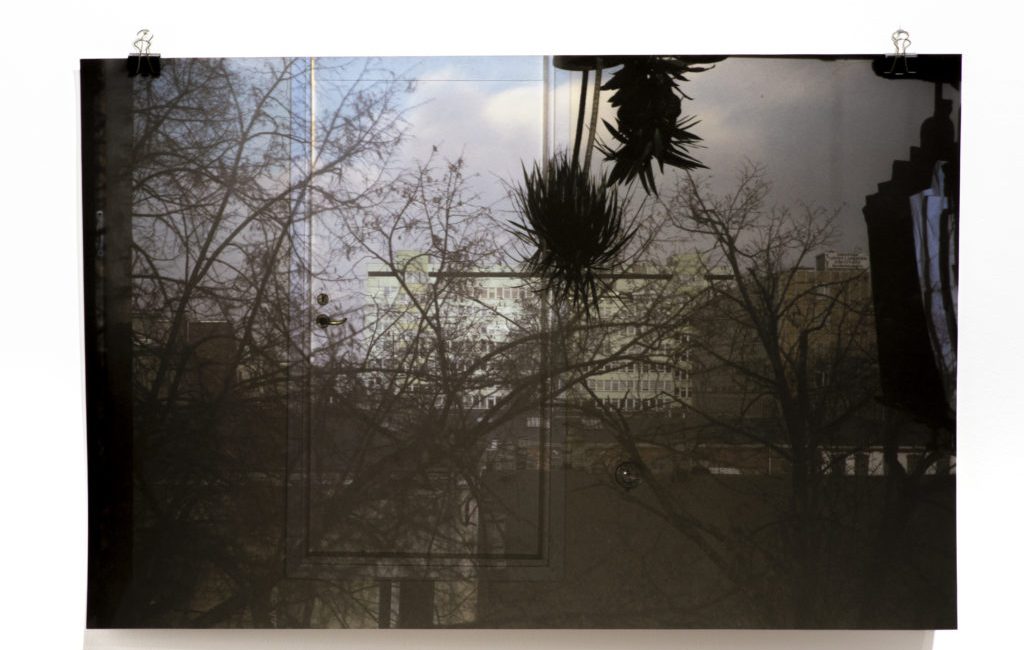The interior of a camera obscura, its closedness, the reduction of stimuli, complete
darkness, separation from the outside world, ensures withdrawal from it, enables
mechanical vision, without the mind’s distortion causing the image to flip upside down.
I set up situations, in which each room was converted into a camera obscura by darkening
out the windows and creating a pinhole in the middle, which allowed the sunlight to pass
through. In such rooms, the viewer is placed between the inner and the outer worlds. They
are the worlds of looking and being looked at. Distortion of perception by reversal of the
photographic image makes us ask questions about which of these worlds we are looking at.
However, the aim of my work is not merely to present my take on the process of seeing, but also to depict the current situation of a human being – threatened by his own fears, the pandemic, constantly being observed – makes him change his way of thinking and functioning, and the borders between the private and the public are being blurred. Opening the windows makes it possible to observe, and creating a camera obscura makes it possible to peep out. Mutual surveillance, watching, and being watched find their embodiment in this project – one does not know if we are watching or being watched.
“The orderly and calculable penetration of light rays through the single opening a single camera opening corresponds to flooding the mind by the light of reason rather than the potentially dangerous dazzlement of the senses by the light of the sun. (…) Perception, the action through which we perceive, is not seeing… …but it is merely an examination by using the mind”.*
*Jonathan Crary, “The Camera Obscura and Its Subject”, Techniques of the Observer: On Vision and Modernity in the Nineteenth Century












